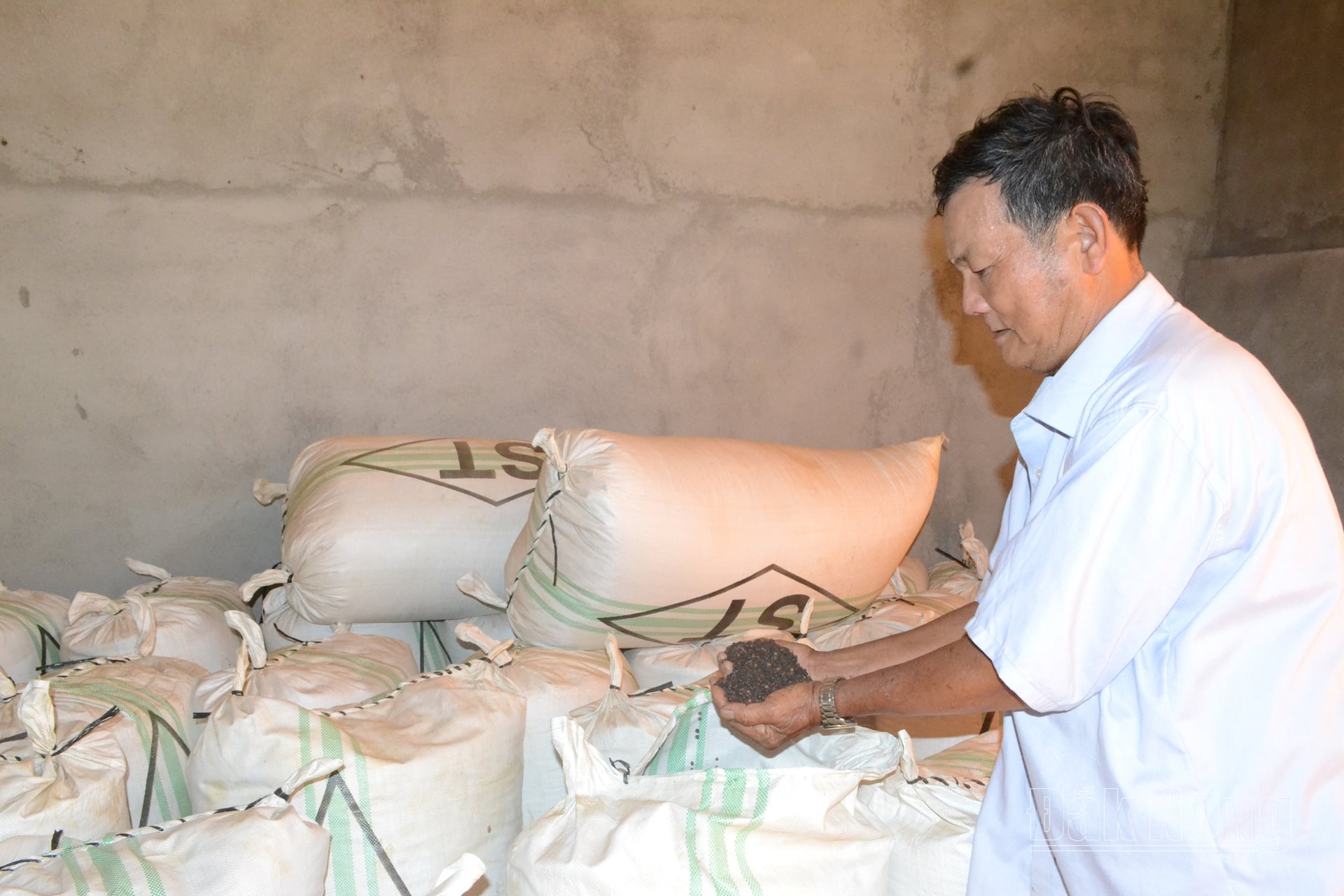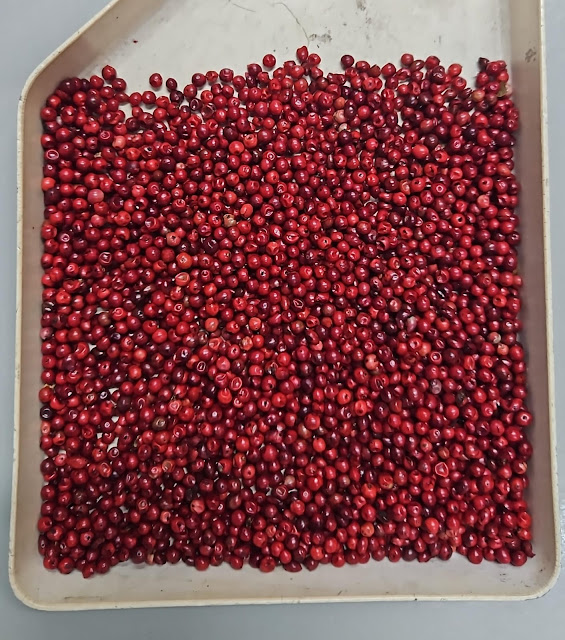We would like to send you a quick highlight report 9th June 2025 – Week 23.
At the beginning of April, the U.S. government began imposing tariffs on most countries around the world. This has disrupted business activities in many countries, leading to a sharp decline.
Inventory situation:
* Vietnam:
In the first five months of the year, Vietnam exported up to 100,693 tons, while domestic inventory is forecasted to have decreased significantly as the 2025 crop is expected to be the lowest in the past five years. Therefore, when prices fall, selling pressure in the market is minimal, and at times, domestic traders continue to purchase stocks for speculation.
* Other countries:
The tariffs from the U.S. have significantly reduced the import demand of countries over the past two months. Most customers prefer to use existing inventory while waiting for clearer tariff levels. However, this has led to a sharp decrease in inventory in importing countries. If the tariff situation becomes clearer in the next 2-3 weeks, it is likely to stimulate increased imports in Q3 and Q4 to replenish the shortage of imported goods that occurred in Q2.
Price situation:
* Despite facing a significant shock from tariffs and a sharp decline in demand over the past three months, the pepper market remains relatively stable, with a decrease of only 5% compared to the beginning of 2025. This clearly reflects that the total global demand still exceeds the global supply of pepper, and the trend of increasing prices remains evident if positive supporting information emerges.
Crop situation in countries in Q3 & Q4 of 2025:
* In the coming months, Indonesia will enter the harvest season in July and August, but preliminary assessments indicate that the harvest in Indonesia has decreased significantly by about 20-30% compared to 2024 due to climate change.
* Brazil’s harvest is expected to be 20% better than in 2024, with an increase of about 15,000 tons compared to the 2024 crop year. However, Brazilian farmers are not under pressure to sell as they have already achieved profits and good cash flow from coffee cultivation.

















